Rome is the eternal city where tourists can find new ways again and again. As the center of the Roman Empire and the Papacy, Rome has a history like few other cities in the world, and is still seen in many places in the neighborhoods around Rome’s seven high.
All roads lead to Rome, it is said. That’s good, because one visit is rare enough. The Romans, the climate, the history and the gastronomy give the city a really lovely southern atmosphere, which is always worth going back to and experiencing again.
Ancient Rome’s buildings with the Colosseum and the Roman Forum at the forefront are outstanding sights, and for many they are the epitome of Rome’s great history. The ruins are large in impressive size to this day as testimony to a great European kingdom.
The times after the Roman Empire also contributed to the unforgettability of Rome. The many Baroque churches are worth a trip in themselves; eg with the St. Peter’s Basilica of the Vatican and the architecture of Piazza Navona. Add to that the comfort in Trastevere and the small streets between the Trevi Fountain and the Spanish Steps, which are places that are guaranteed to bring memories of life.
Baroque Rome is one of countless highlights, as is Michelangelo’s distinguished renaissance, which can be experienced in all its beauty on the Piazza del Campidoglio. Here Marcus Aurelius stands between beautiful mansions drawing new heights.
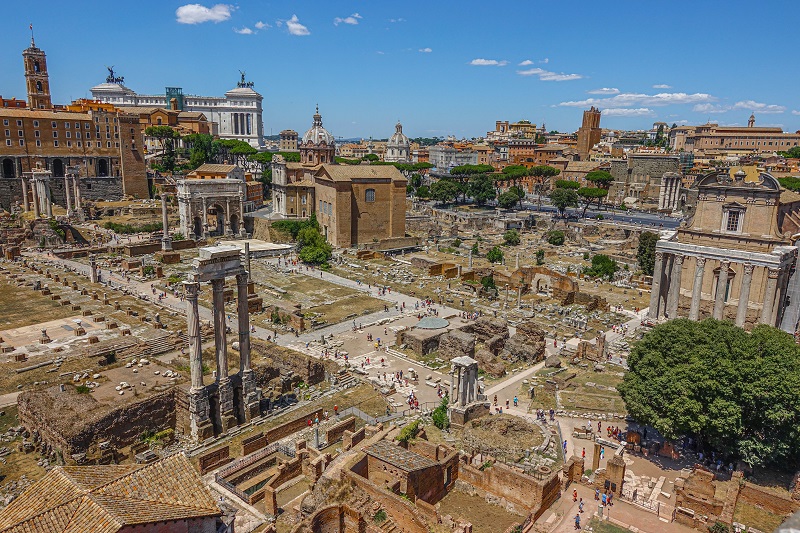
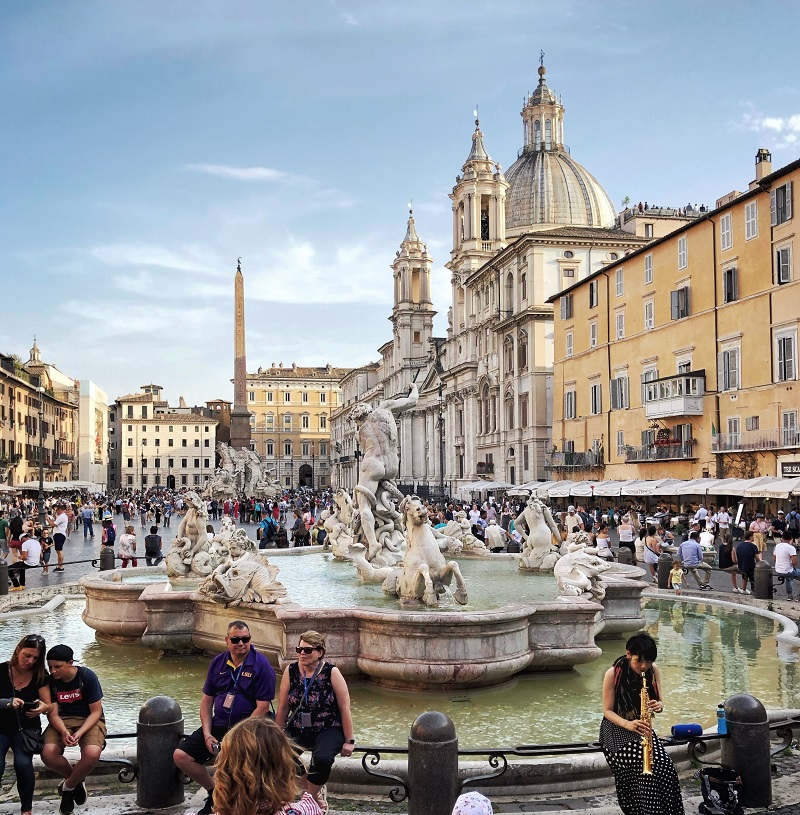
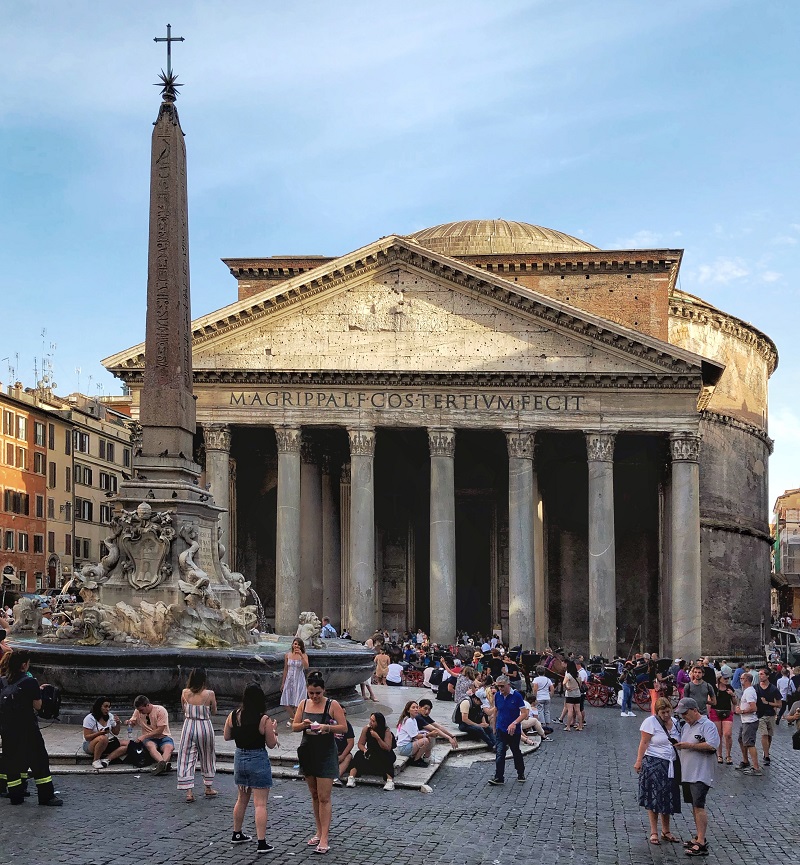
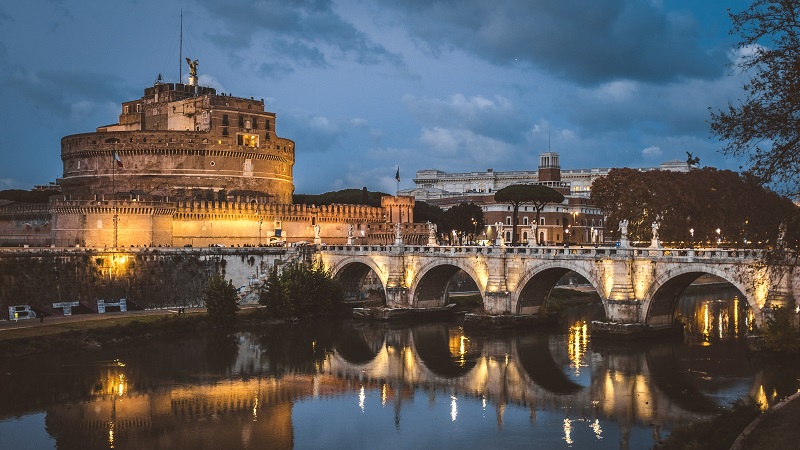
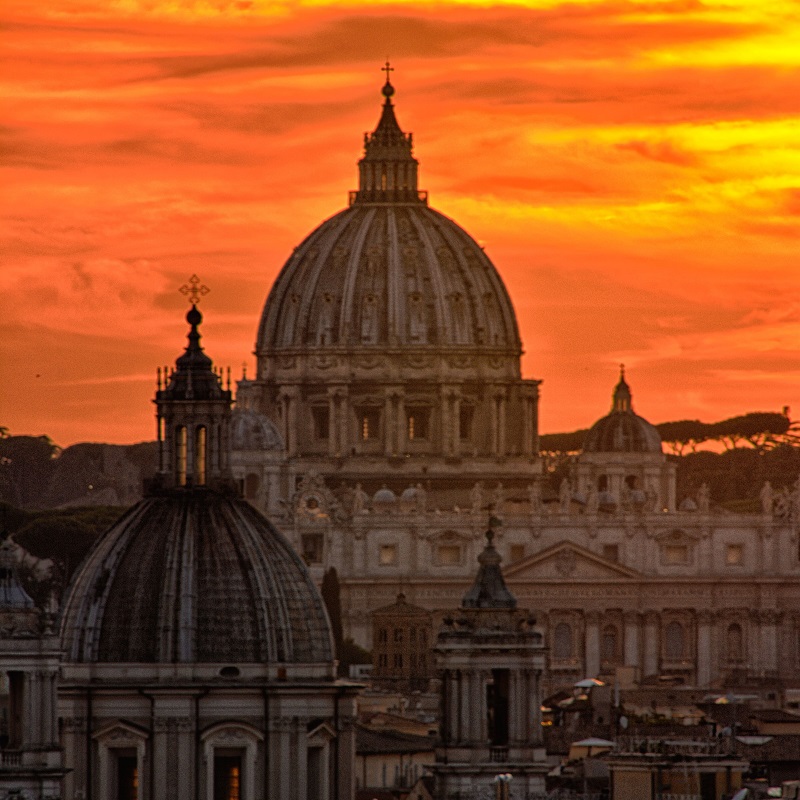
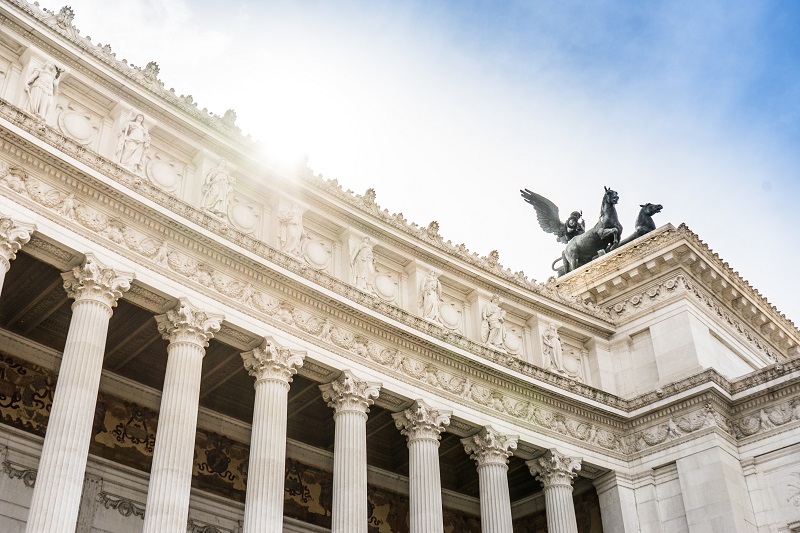
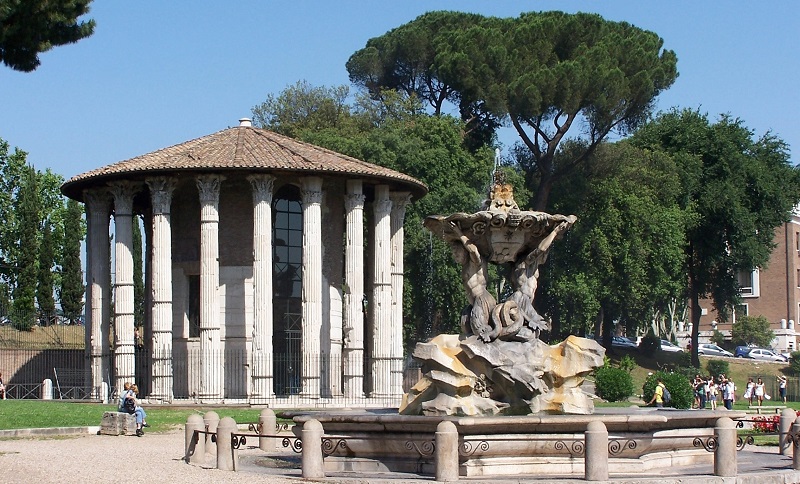
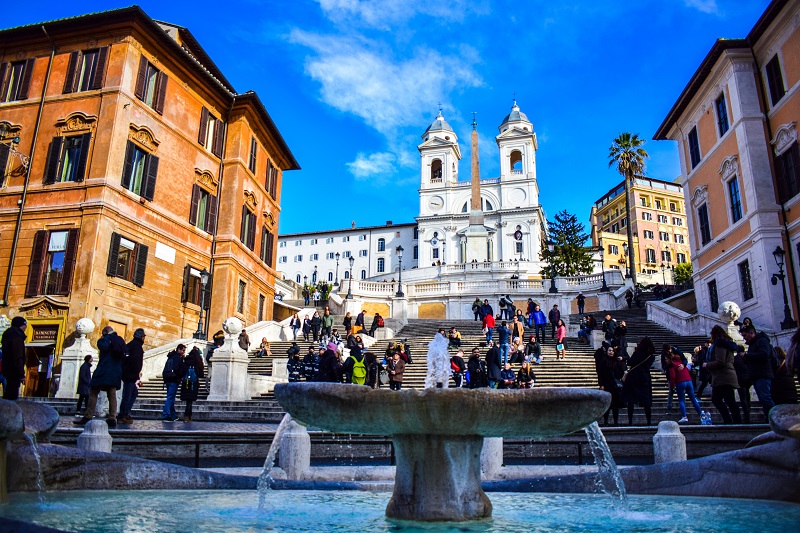
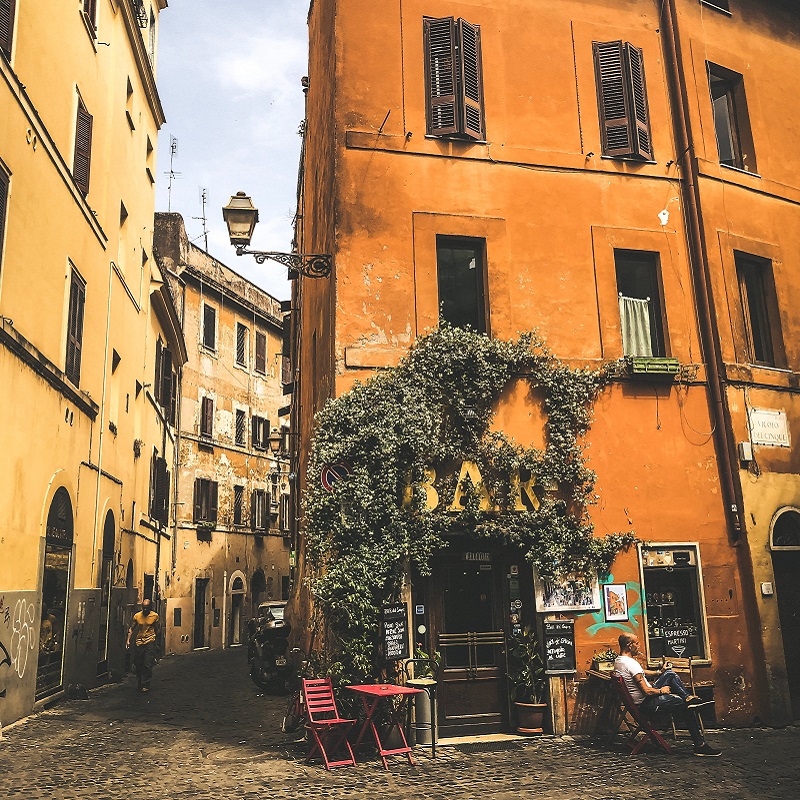
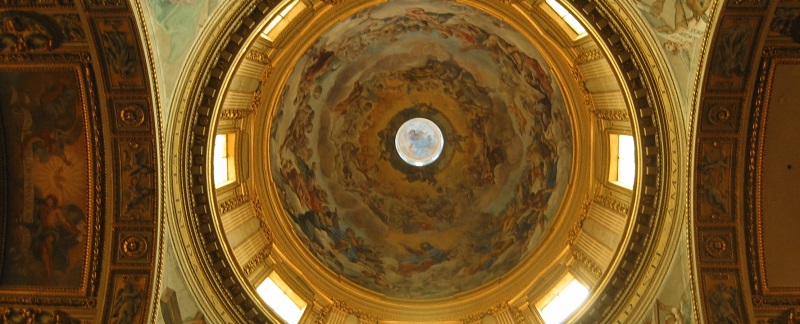
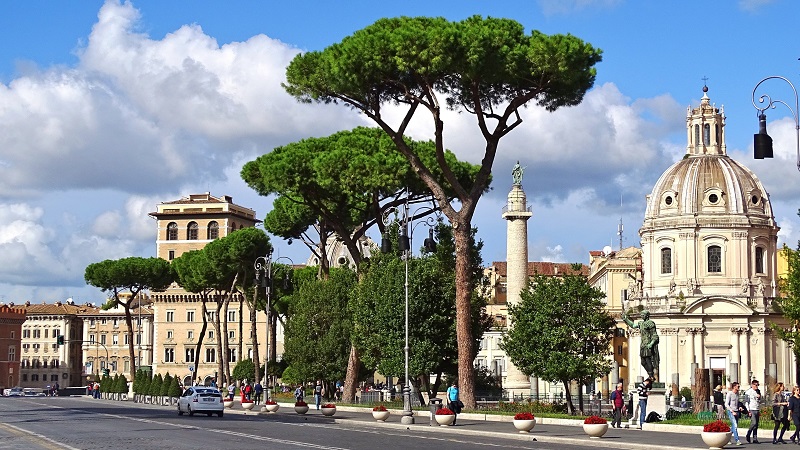
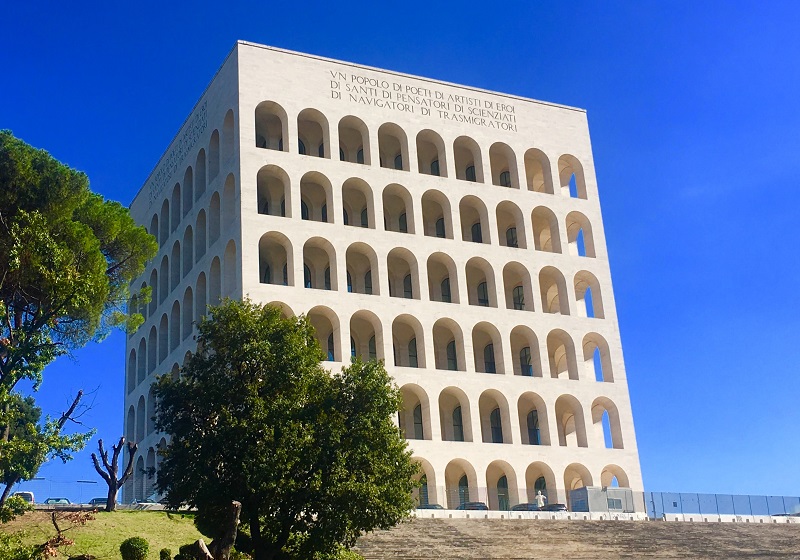
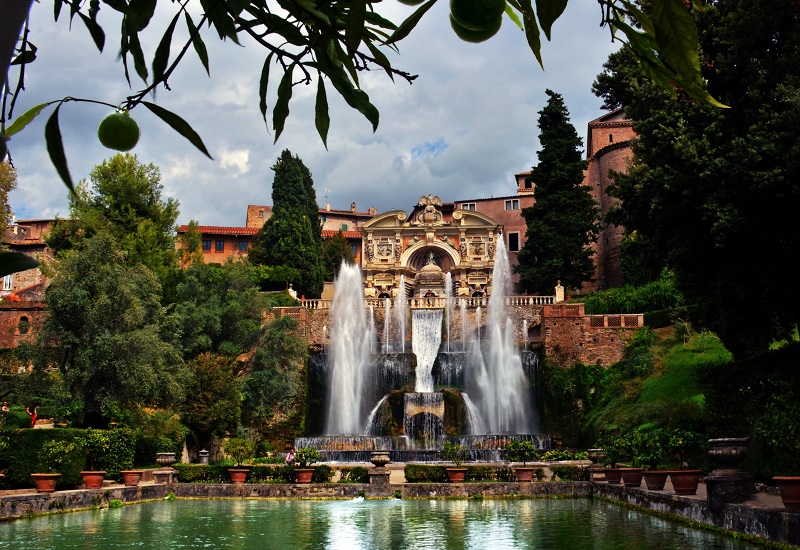
Founding Rome
The legend tells that the twin brothers Romulus and Remus drifted ashore from the River Tiber at precisely the place where Romulus founded Rome, after being raised by a female wolf and after killing Remus in the battle for power. The town was then named after Romulus.
The surrender goes on to say that the city was open to citizens; whether they were slaves or free. And to bring women to the city’s many men, Romulus invited neighboring tribes to a festival in the city. It led to war and reconciliation between Romulus and King Titus Tatius, who then divided the government. A senate was established as the king’s advisers, and the hundred members called Romulus the patron; the word that later became patricians.
Rome is believed to have been founded in 753 BC, and archaeological finds show settlements on several of the hills surrounding the Tiber. At this time, there were Italian tribes around Rome and the central part of the Italian peninsula, while the Etruscans dominated in the north and the Greeks in the south.
The kingdom of the Etruscans grew, and Rome became subject to them on their way to the Greeks. Several of the Roman kings had also been Etruscans.
The Republic of Rome
In its Etruscan times, the Republic of Rome was under the influence of the Etruscans, but also the Greeks of Naples and other cities acted as inspiration on the Rome which, with the decline of the Etruscans, broke loose in the year 500 BC.
The city flourished, and with independence Rome also chose the monarchy in favor of the establishment of the Republic of Rome, governed by the city senate.
Rome was at this time the leading city in the area, and through settlement with the Etruscans and other tribes, among others, the city became the leader in the Latin world during the following century.
Growing the Roman Empire
Rome expanded its realm and within a few centuries controlled all of central and southern Italy. Several tribes were defeated along the way, and the Greek cities were eventually also controlled.
In the twentieth century, Rome was the absolute leading city on the peninsula, and the development of the later enormous kingdom was initiated.
The area’s major enemy was Carthage on the North African coast. Hard fighting was fought over the power of the Mediterranean, and after the three Punic wars, Rome finally won in 146 BC. Rome was now in possession of overseas territories and the city’s dominance throughout the Mediterranean region started.
Rome as the center of the empire grew, and new provinces were constantly conquered to the Roman Empire. At the same time as the conquests abroad, tensions rose in Rome, where Senate rule was put on several tests. It triggered more civil wars and the republic was on its political downturn.
Julius Caesar took power in 49 BC, and he ruled Rome until Brutus’s assassination of him in 44 BC. The killing was to counter the insidious dictatorship, and the Senate tried unsuccessfully to reintroduce the Republic. Instead, it came to a final showdown on power on September 2, 31 BC. Here Marcus Antonius and Octavian, the later Augustus, fought and Octavian won and became emperor. The day thus marks the transition from republic to empire.
The world’s first million inhabintants city
Rome in August’s time around year 0 was the kingdom of the world and the world. More than a million people lived here, and the emperors built arenas, baths, palaces and other things that, by and large, nobody had in the world.
Rome’s large population had gradually become dependent on the economy of a well-functioning Roman Empire, as the city was not self-sufficient or able to maintain its structures without the support of the central power and thereby the whole kingdom. It is believed that up to 25% was subsidized and that Rome’s size was thus greater than without the great kingdom where taxes were levied.
Major construction continued, and the city’s fire of 64 under Emperor Nero provided opportunities for large-scale reconstructions and new projects such as the Coliseum that originated from this time.
Depression
In 116, the Roman Empire reached its greatest extent, and then the population of Rome itself began to decline. At the end of the century, the plague hit, killing only 2,000 people daily while it ravaged.
In the latter half of the 20th century, there were only about 500,000 inhabitants left in Rome. The kingdom was like a city marked by decline, and from 161 there had been ever-greater internal struggles in the vast realm; especially from the eastern provinces.
In 273 the emperor Aurelian’s city walls were completed. They ran for about 20 kilometers/13 mi, and despite the large area and increased protection, there were times of decline. The emperors were even less time in Rome than in the heyday of the city just a few centuries earlier.
The eastern part of the Roman Empire proved stronger than Rome and the western part where the decline marked. It succeeded in 330 Emperor Constantine I to establish Constantinople as the new capital of the kingdom. With that decision, many wealthy and city aristocracy moved to the new capital, and the fate of Rome was sealed for a time.
Dissolution of the Roman Empire
After 65 years with the capital of Constantinople, the kingdom in 395 was divided into two, the Austro-Roman and the West-Roman Empire. Ravenna became the capital, and Rome’s downturn followed the downfall of the West Roman Empire, which after several looting in the 400s finally collapsed in 476, when the German Ottokar overcame Rome’s last emperor; Romulus Augustulus.
Christianity’s Victory
When Rome’s downfall seemed total, the historic prestige and the burgeoning and growing Christianity meant a great deal to the city’s survival and continued development.
Christianity gained importance over the emperor’s power, and henceforth the pope became leader in Rome. The city was formally subject to the Eastern Roman Empire, but at the same time the popes increased the religious significance of the city in relation to Constantinople. Rome was established as the center of Christianity during this time, and it gave renewed building activity some time. The pope had been given the Lateran Church, and the first St. Peter’s church had been erected, among other things.
From the 500’s Rome was reduced to a smaller city compared to previous times. Despite this, the pope’s residence was important internationally; even when the population of the 7th century numbered only about 35,000.
The pope was one of the most important religious figures in the whole of the Eastern Roman Empire, and his words emphasized many places more than the local Byzantine administrators of the kingdom. The church not only won power, but also considerable property.
The emperors of Constantinople also gradually recognized the Pope’s power. Emperor Phocas ruled in the early 600s, and he mentioned the pope as bishop of Rome raised over the Patriarch of Constantinople and as leader of all the churches of the kingdom.
The new Emperor
Pope preferred Rome under the Emperor of Constantinople rather than being ruled by the Langobards in Northern Italy. Rome’s supplies came mainly from the papal church’s properties in southern Italy and Sicily, so food and outer peace were preferred.
However, it came to tension; not least under Emperor Leo III, who brought about the iconoclastic image battle. Pope Gregory III convened a council in St. Peter’s Church in 731, which excommunicated the iconoclasts. It caused the emperors to confiscate considerable areas from the pope.
At the same time, the langobards sought a better relationship with Constantinople, which further put the pope under pressure.
The papacy’s rescue lay in the storming France from which help was sought. In 754, Pope Stefan II went to the French king Pipin, who had received the pope’s blessing on his ascension. Pipin gathered armies for two campaigns against the langoards, and he thereby stood the establishment of the Church State. The church state was the area where the pope ruled worldly, and it covered with the capital of Rome part of central Italy.
In 799 Pope Leo III led an annual procession, and here he was wounded by an assault. The pope sought help from the French, Charlemagne, who, with a large army and a number of French bishops, invaded Rome in November 800. After confirming Leo III as the rightful pope, Charlemagne was crowned by Leo III as new emperor in German – Roman Empire.
The coronation took place in St. Peter’s Basilica, and with the establishment of the new empire, a mighty competitor to the Byzantine East Roman Empire had suddenly emerged.
After Charlemagne came a time with a certain anarchy. The people of Rome felt a certain right to be those who appointed an emperor, while the power between the new empire and the Church state was constantly on trial.
In the following 400 years, the Pope and thereby the Church State gained more and more power. New churches were erected, but otherwise the time was not marked by any major economic boom.
Religiously, the church had also been divided in 1054 by the Great Schism, from which the Western Catholic Church and the Eastern Orthodox Church originated.
Rome’s new pope and municipality
Politically, the era was characterized by trade and a more decentralized economy in the larger Italian cities. Thus, after the Norman plunder of Rome in 1084, it was the wealthy of the trade who financed the rebuilding of the city, which still had about 30,000 inhabitants.
It revolted against the pope’s rule in 1143, when the municipality of Rome was introduced following the pattern of the former Roman republic.
Pope Klement III recognized the municipal government in 1188, but it became some subsequent centuries of ongoing quarrels between the city’s leading aristocratic families. Withdrawing to the Pope’s rule came with the election of Pope Nicholas III of the Ursini family in 1277. He moved the Pope’s seat from the Lateran Palace to the Vatican, deciding that only Romans could become one of the city’s senators. Nicholas III also won land for the papacy; eg the Romagna area from German Rudolf of Habsburg.
The pope moves and comes back
13th century was a hard time for Rome. The pope moved his seat from the city in 1309 and handed it to French Avignon. It meant not only religious and political decline for the city, but also financial. Without the great pope economy, no new buildings were erected, and Rome’s churches decayed.
During the period without a pope in the city, there were worldly attempts to establish a large municipality, but the pope’s power was, despite the absence, too significant. The farthest came Cola di Rienzo in 1347, when he sought to establish a new form of government with a Roman emperor.
Rome was still the coronation site for German-Roman emperors, and in 1355 Karl IV came to the city to receive the title. His visit was short and without that splendor, the pope usually over the ceremony. The coronation itself was overseen by a cardinal.
Pope Urban V visited Rome from 1367, and it became the beginning of the Atonement. During the visit, Charles IV was crowned emperor, and the Byzantine emperor came here with a prayer for a crusade against the Turkish Ottomans.
Urban V remained in Rome until 1370, but returned to Avignon. Gregory XI succeeded Urban V and he announced a relocation of the papacy to Rome in 1372. This was slowed down by the French king and the country’s cardinals. It was a deadline for the French, for on January 17, 1377, Gregory XI officially moved to Rome.
However, the religious and geographical disputes were not completed with the pope’s return. In the period 1378-1417 there were rival popes in Rome and Avignon as well as a transition also in Pisa. The dispute over the right to be pope was then settled.
Rome’s Renaissance
Rome’s flourishing started soon after the pope’s return. At the beginning of the 15th century, the city had about 20,000 inhabitants, but among other things the cultural development that was happening now led to growth.
Fountains, squares and churches were built in great style, and the center of the Italian Renaissance moved from Florence to Rome. Among the highlights of the time are the new St. Peter’s Church and Michelangelo’s ceiling in the Sistine Chapel of the Vatican. The pope again wanted to make Rome the most leading city in Italy, and in addition to many buildings engaging and supporting the great artists of the time such as Michelangelo, Raphael and Botticelli.
Culturally, the popes also invested. Schools and libraries were founded, and on the whole Rome’s rebuilding was completed relatively quickly, with a large new settlement as a result.
Development continued in the 16th century, when the city was the world’s art center. Under the popes of Julius II, Leo X and Klement VII, the city developed especially from a religiously dominated city to a true Renaissance city where art and life unfolded. It was also during this period that it was talked about preserving the ruins of Rome’s ancient past.
The Emperor’s Plunder
In 1527, Rome’s heyday ceased abruptly. The German-Roman emperor Karl V’s troops marched against Rome, ravaging and plundering the city for many days. Many residents were killed or fled from the city, and the pope was arrested in Engelsborg for months.
Two years earlier, celebrations in Rome had been challenged by Martin Luther’s theses and the burgeoning reformation that caused many German and Northern European churches to turn to the power and wealth of the pope church.
In 1527, Rome’s population dived again. From the million town in the 100s to the low point with 17,000 inhabitants in the mid-1300s, only 32,000 lived in the city. The recovery of the Renaissance had been slowed down, but despite the plunder, new unpopular popes and political shifts in Europe, it was only to go ahead of the city’s size in the following centuries; as early as the 16th century, ending with about 100,000 citizens in Rome.
New Buildings and Growth The
1600s-1700s were marked by a steadily growing Rome. By the end of this time, 150,000 lived here.
Of buildings, the new and present St. Peter’s Church was inaugurated in the early 17th century, and Baroque masters such as Bernini and Borromini worked in the city. From the 18th century, the Trevi Fountain is an example of the continued expansion.
Napoleonic and 19th Century Rome
In 1798, French troops invaded the area, and France proclaimed Rome a republic, ending the Pope’s political power on paper. The Republic’s time was short-lived, however, as the Church State was restored in June 1800.
The Napoleonic era, however, was not over for the land-infested church state. Rome was annexed and formally part of France.
With the fall of Napoleon in 1814, new political strokes were drawn in Europe. In the Italian peninsula, several kingdoms were established and the Church State continued.
In the decades that followed, the Pope ruled again, but Italian nationalism was on the rise and thoughts of a united Italy emerged throughout the peninsula. In 1861 the new Italy became a reality, but Rome remained outside the early years; partly under French protection.
Italian forces conquered Rome in 1870 and annexed the city in Italy. The Romans voted in favor of incorporation, and the following year the city became the capital of the country. Rome’s political status over Italy had resurfaced, but this time it was not with the pope as regent.
The pope was offered the part of Rome that was west of the River Tiber, but refused to recognize Italian dominion over the other land that was previously part of the Church State. The Pope and his power were moved to the Vatican.
Rome’s new growth
As a new capital and administrative center in Italy, Rome grew again significantly. New neighborhoods emerged, the city expanded, and the population increased to about 600,000 in the year 1900.
In 1922, the monarchy in Italy fell, and Benito Mussolini took over Rome and the government. His time became a new period of high construction activity; Ancient Rome was excavated and preserved in the rapidly growing city. Large pedestrian streets were also built; From the fascist era of Italy, the streets of Via dei Fori Imperiali and Via della Conciliazione form the entrance to the Pope’s Vatican. With the expansion after the end of World War I, for the first time in 1500 years, the population reached a million around 1930.
After years of disagreement, with the Lateran Treaty in 1929, a new formal church state, the Vatican, was established, which as an independent nation has the pope as its head.
Rome today
Italy has experienced a major economic development since the end of WW2, and here was the foundation for the future of Europe created on 25 March 1957. On this day the Treaty of Rome signed as the document that was the basis for the European market and thus the current EU, which had Italy, Germany, France, the Netherlands, Belgium and Luxembourg as founding member states.
Three years later, Rome was at the sporting center of the world when the city set up arenas for the 1960 Olympic Games.
The Olympic Stadium again laid the grass for a world event in 1990 when Italy held the World Cup in 1990. The final was played on July 9, with West Germany winning 1-0 over Argentina.
Rome is today home to more than three million Italians and for a time also to tourists from all over the world who want to experience history’s ancient wing sauce alongside modern Italy. In the middle of the city, the pope continues to rule from the church state, whose power is global despite the country’s modest size.
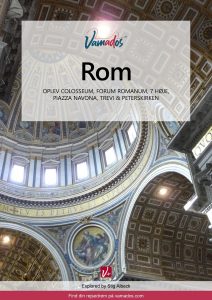
All roads lead to this, it is said. That’s good, because one visit is rare enough. The inhabitants, the climate, the history and the gastronomy give the city a really lovely southern atmosphere, which is always worth going back to and experience again.
Rome is waiting for you, and at vamados.com you can also find cheap flights and great deals on hotels for your trip. You just select your travel dates and then you get flight and accommodation suggestions in and around the city.
Colosseum • Forum Romanum • Trevi Fountain • Trastevere • The Vatican

All roads lead to this, it is said. That’s good, because one visit is rare enough. The inhabitants, the climate, the history and the gastronomy give the city a really lovely southern atmosphere, which is always worth going back to and experience again.
Rome is waiting for you, and at vamados.com you can also find cheap flights and great deals on hotels for your trip. You just select your travel dates and then you get flight and accommodation suggestions in and around the city.






Similar to Rome Travel Guide